|
It has been a busy autumn for me. Field work had occupied my time all summer and by September, I was off to Indonesia to lead a birding tour of Sulawesi and Halmahera for Quest Nature Tours. I was home for a couple of weeks and then off again, this time to Ecuador to lead a tour in the Galápagos as well as to spend a week on my own afterwards, in the lower foothills of the eastern Andes. (By the way, if you want to read about these international travels, I post regularly on my travel blog Explorations Of An Ecologist, linked here). However, since my return I have been trying to get out birding every now and then. Most of my wanderings have kept me local. Where Laura and I are situated in Hamilton it is only a 10 minute walk to our local park, Falkirk Woods. This park has a lot of introduced plants and human disturbance so it is not exactly an area of high ecological value, but us naturalists can find interest in just about any space, no matter how pristine or degraded. Falkirk Woods is of sufficient size that, if nothing else, it's good for a nice long walk. Since moving here in June I have been keeping track of the total species that I have documented from Falkirk Park and I am closing in on 800 species. This includes over 150 plants, over 500 insects (of which ~60% are Lepidoptera, mostly from evening mothing sessions) and around 100 vertebrates. Nothing crazy, but it has been fun to document the biodiversity in an area so close to home. The birding has been very enjoyable, as well. I rarely come across anyone else in the woods and I much prefer walking to a forest ten minutes from home to go birding, then to visit a busy lakeshore park that has already been "picked clean" by other birders/photographers. The rarity potential is much, much higher along the lakeshore but the tradeoff hasn't been worth it for me in recent months (though I'm sure that will change again, at some point). While Falkirk hasn't produced any rarities, I have found good numbers of migrants this autumn. An early White-winged Crossbill in October was fun, and sparrow diversity has been very good. In recent weeks, I have enjoyed the little flocks of Fox Sparrows that have been passing through. However, November is a month when rare birds are often found, and I have enjoyed being around this November for only the second time in five years. Not surprisingly, I have gone on a few rare bird twitches in recent days. The first was near Alymer in Elgin County, as a Gray-crowned Rosy-Finch had been discovered visiting a bird feeder the previous day. Luckily, the owner of the house is a birder and she graciously allowed other birders to visit the next day to search for the finch. I joined Dan and Desmond MacNeal and Rich Poort on this rarity chase. The bird took its time to arrive in the morning, but it eventually did and remained in the area for the rest of the day, much to the delight of dozens of happy birders. Unfortunately, it was a "two-day wonder" as it never appeared the next day. Gray-crowned Rosy-Finch is a western species that breeds in Alaska and the Rocky Mountains, and winters further south into the American west. Some individuals move eastwards in the autumn and one will occasionally find its way to Ontario. This species is nearly annual in the province but most records are from the northwest; this was only the second record for southwestern Ontario following a strange Long Point record from July, 1999. This was a new Ontario bird for most of the birders present; it was my second, as Barb Charlton and I had seen one in Thunder Bay District in January, 2012. A little bit closer to home was the Eurasian Wigeon that Rob Dobos found near Princess Point in Cootes Paradise. Laura and I went for a nice long walk along the waterfront one day and happened to see the wigeon during our hike. It was too far for good photos, unfortunately. Two days ago, I made my way down the QEW to Colonel Samuel Smith Park in Toronto. A Red Phalarope had been discovered there the previous day, and the bird alerts indicated that it was present for a second day and entertaining birders and photographers. Red Phalarope is a species that I have never seen really well before and so I was very eager to try my hand at photographing this tame individual. Red Phalaropes breed in the Arctic and spend the rest of the year on the open ocean where they hang out in large flocks and feed on phytoplankton near the surface. A small number of Red Phalaropes migrant through southern Ontario, presumably stopping down on the Great Lakes to make a pit stop between James Bay and the Atlantic. I usually see one or two each autumn, but usually these sightings are of distant birding flying past during lakewatches. Having one feeding mere inches from me was quite a treat! This next photo was taken with my phone... It was a cold and partly cloudy morning, but the low angle of the sun at this time of year is often helpful when it comes to nature photography. Luckily, the sun came out for much of my visit. Here is a video of the phalarope feeding right next to the shoreline of the marina. It was an absolute treat to share a few minutes with this bird! The Red Phalarope wasn't the only rarity being regularly observed in Toronto. A Dickcissel had been attending a bird feeder with a small flock of House Sparrows at the Don Valley Brick Works. Dickcissel is an erratic breeding species in southwestern Ontario but it is a rarity in Toronto, and quite unusual anywhere in the province at this time of year. I wasn't having any luck at the bird feeder and so I went for a wander. The dulcet sounds of cheeping House Sparrows caught my attention which led me to a hedge next to a parking lot (so scenic!). With some patience, I eventually spotted the Dickcissel. Luckily, she remained in the area long enough for me to fetch the birders which were staking out the feeders. Everything that I have just written above could be considered a preamble for the biggest rarity story of the month, so far. It is not very often that a new species is added to the provincial list, but Steve Charbonneau drew the winning ticket on Saturday when he discovered a greenish-yellow Empidonax flycatcher during his usual rounds at Rondeau Provincial Park. Yellow-bellied Flycatcher would be the default if it was August, not November, leading us to consider the possibility that the bird was a Western Flycatcher. Though Ontario has no records, Western Flycatcher is a vagrant to eastern North America with several reported each year. Yellow-bellied Flycatcher, on the other hand, is extremely unlikely by this time of year as all individuals should be south of North America. Steve managed to grab some record shots of the skittish little flycatcher and, to my eye, they seemed to fit Western Flycatcher better. Others were less sure and some birders were vocal in their assessment that it was a Yellow-bellied. Nonetheless, I was pretty convinced by Steve's photos and so I rounded up Barb Charlton for an early morning trip to Rondeau. Barb and I seem to have great success with rare bird twitches, and our luck would continue this time. The drive to Rondeau was uneventful and we were met with a cold, crisp but sunny morning. Jim Burk was already on site, but to our surprise there were no other visiting birders. Luck was on our side as we had barely reached the location of Steve's previous sighting when we spotted a yellowish flycatcher zip across the trail. It took some time to relocate, but eventually we had fantastic views of the bird. By this time, several others had shown up including fellow Hamiltonians Cheryl Edgecombe and Rob Dobos, and local birder Keith Burk along with Steve Charbonneau. The flycatcher would disappear for five or ten minutes at a time but it always returned, seeming to prefer the conditions provided by the trail's edge for foraging. With some practice, Jim Burk and I were able to obtain the high quality photos necessary to clinch the ID, while Barb managed a few excellent videos of the bird. I won't get into the nitty gritty details of the bird's identification here, but you can read my thoughts on my eBird checklist if you are so inclined. Basically, I think it is a Western Flycatcher because of the primary pattern, overall colour and contrast of the wing panel, tail length, peaked head, and eye-ring shape. I am pretty confident, based on the reading that I have done and the opinions of several other experts, that this is Ontario's first Western Flycatcher. The flycatcher flicked its tail upwards quite frequently. I am not sure if that is a point in favour of Western Flycatcher, though that species is known to flick its tail regularly. I can't recall what the tail-flicking behaviour is like in Yellow-bellied Flycatcher, and can't find details about this in the literature. We all hoped that the flycatcher would vocalize which would help in identifying it, but it remained silent during our visit. Interestingly enough, the Western Flycatcher was loosely associating with a Yellow Warbler. This is a species that should be long gone from Ontario by late November, but sometimes a lingering bird will stay even into December. It is kind of interesting that the two out-of-range yellowish birds would hang out together. Blake Mann arrived just in time to see the flycatcher along the path, though it vanished just as he was lifting up his camera. We hung around for a few more minutes without any sightings and so Barb and I continued on with our day. We crossed paths with Jeremy Bensette and Kate Derbyshire a few minutes later but, unfortunately, they were unable to relocate the flycatcher. The weather turned at this point, with sunshine being traded for cloudy skies and rain, and the flycatcher was not found during the rest of the day. There have been no further sightings yet today (not surprising given the weather conditions) but I would not be shocked if the flycatcher makes another appearance when the weather improves. It certainly looked healthy and active, and Western Flycatchers seem capable of surviving nighttime lows below the freezing mark. I know that there are a lot of birders eager for it to turn up again!
0 Comments
Leave a Reply. |
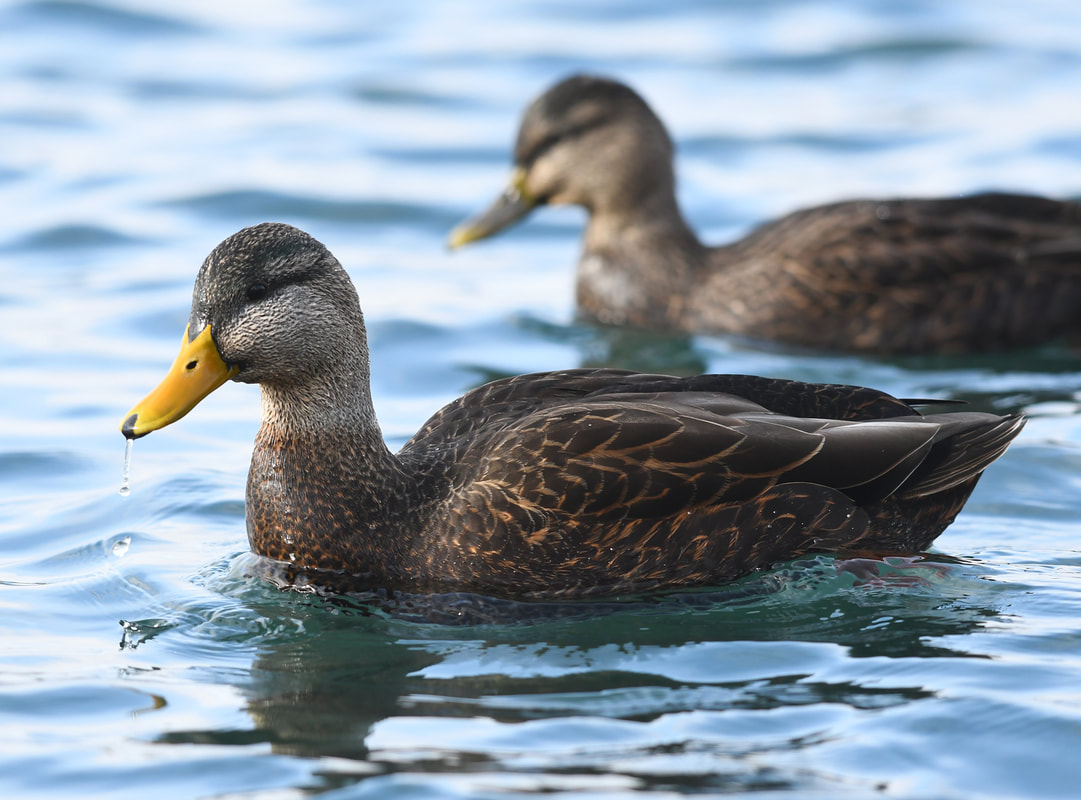
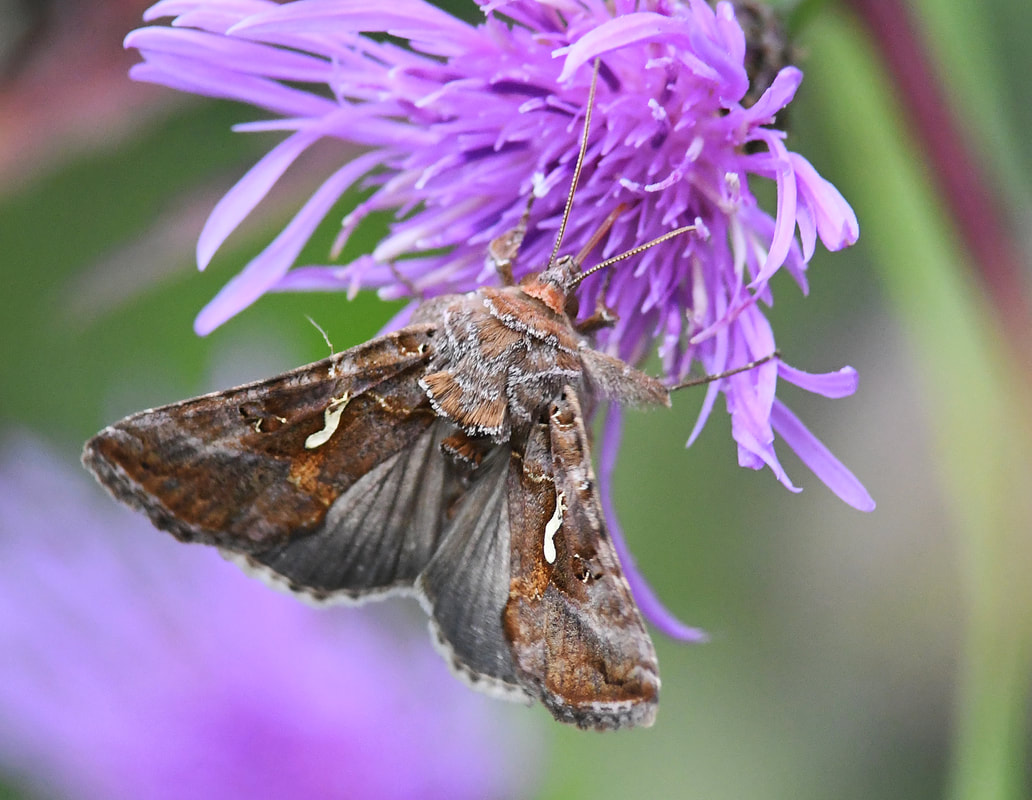
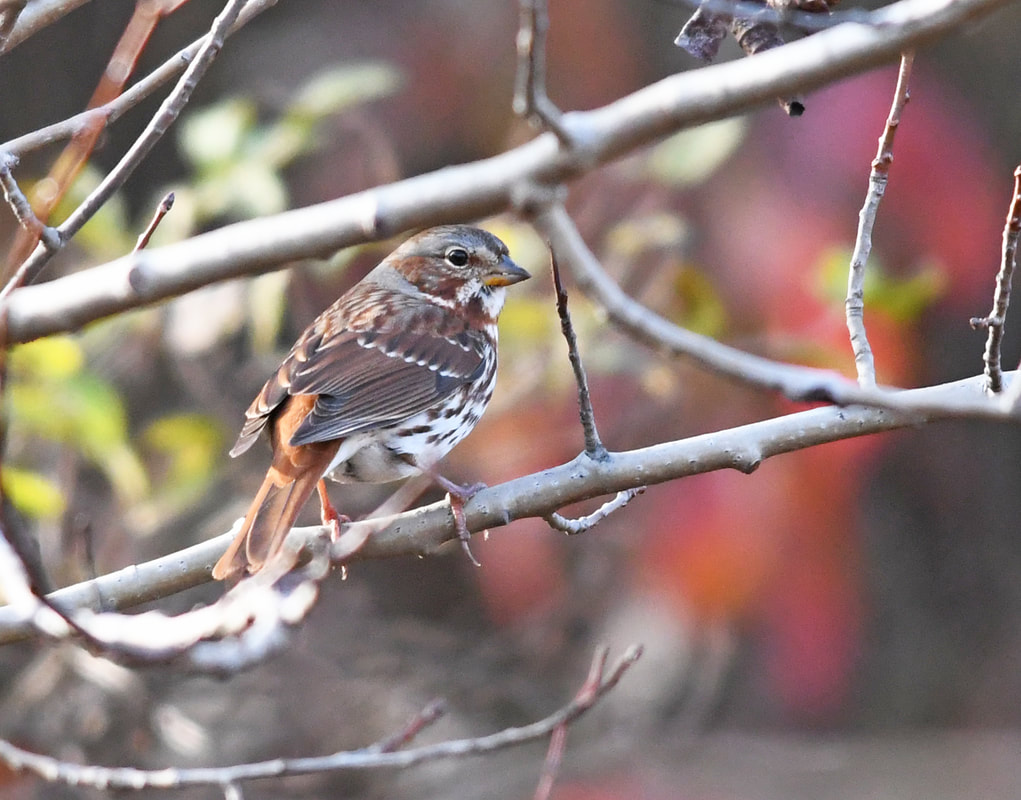
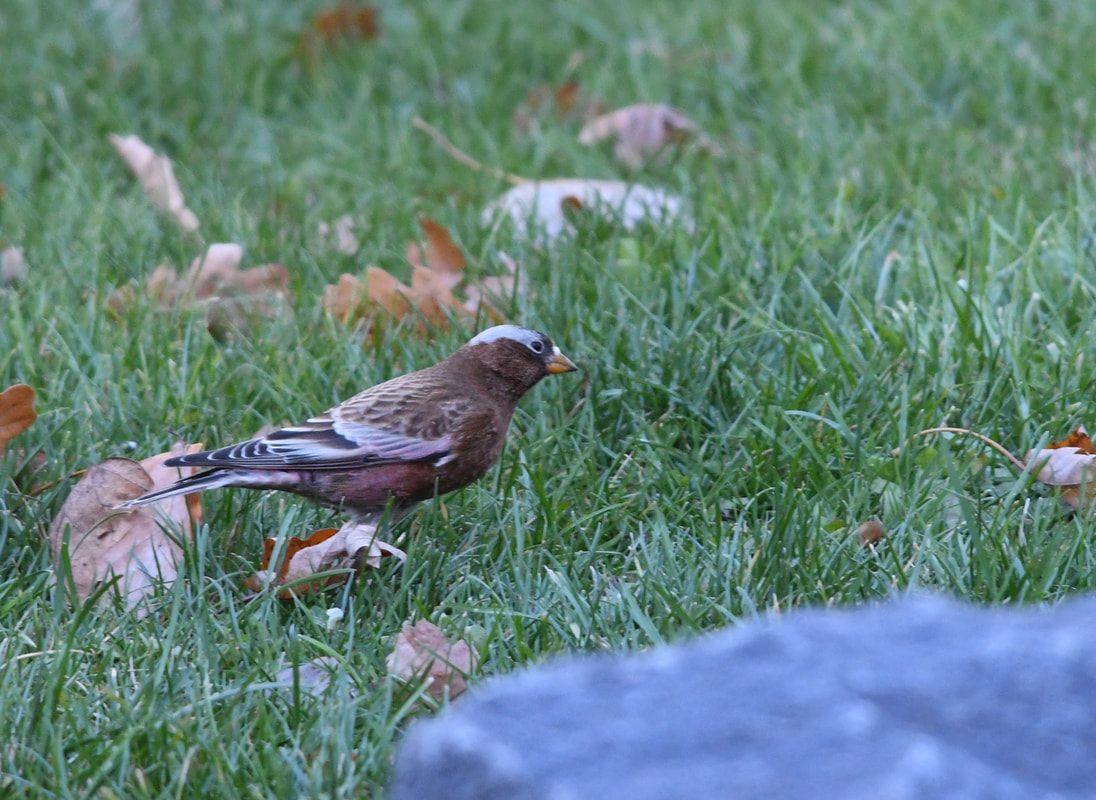
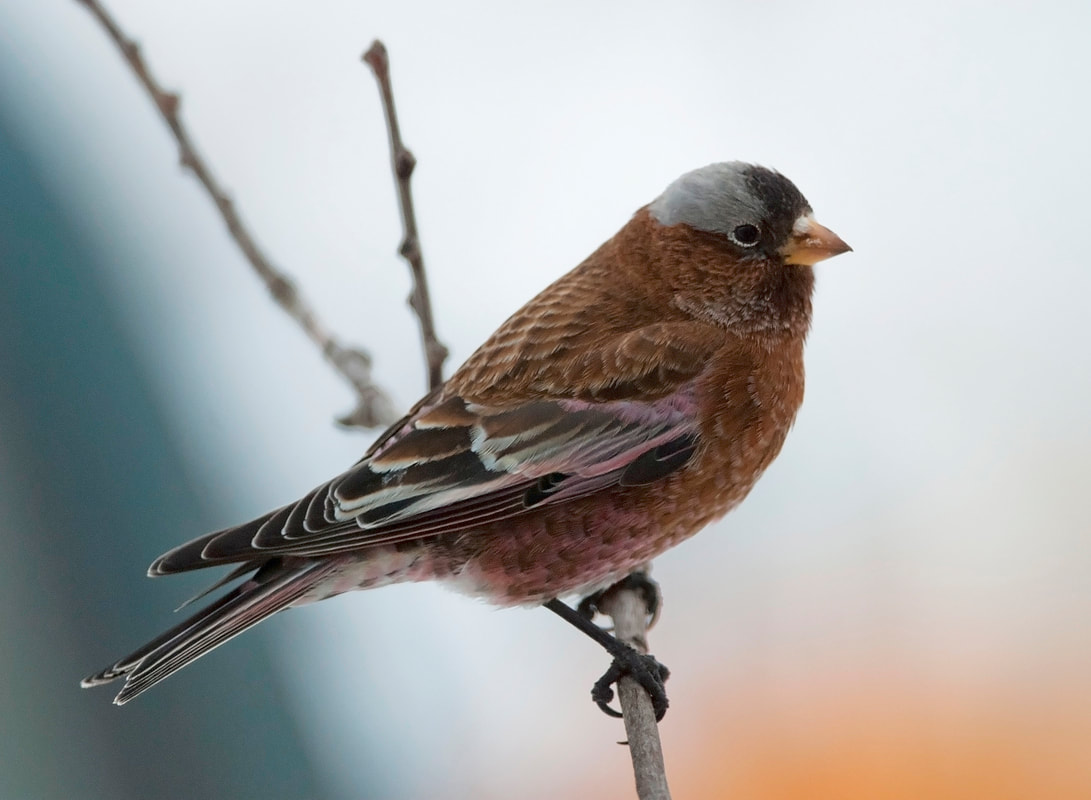
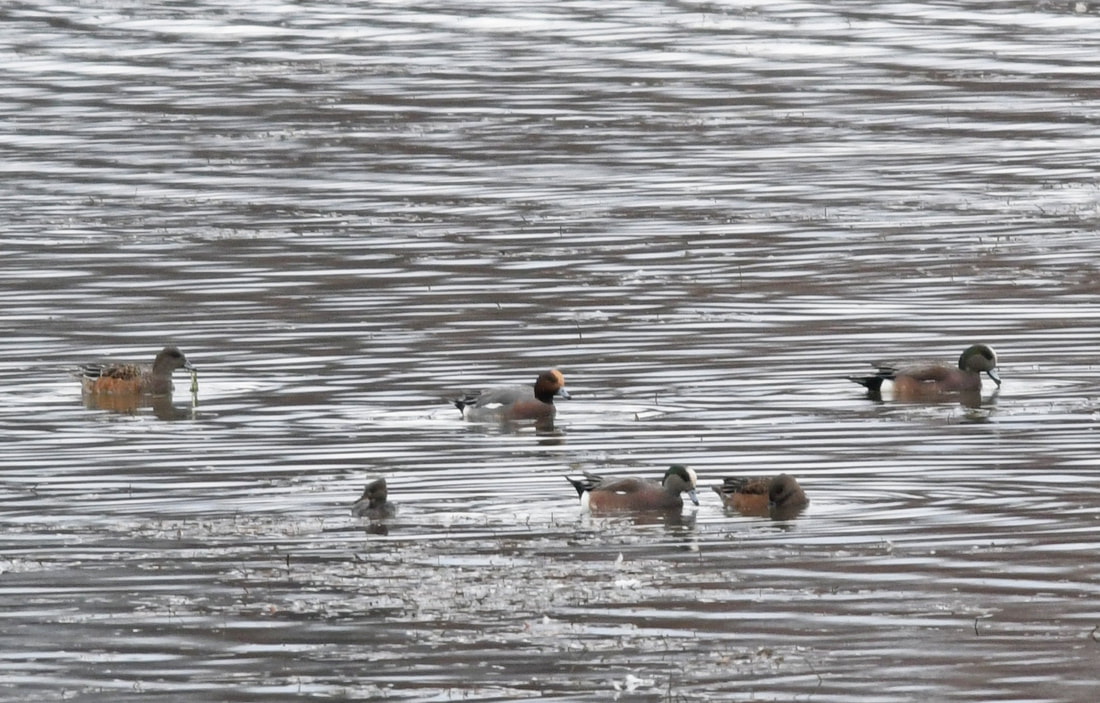
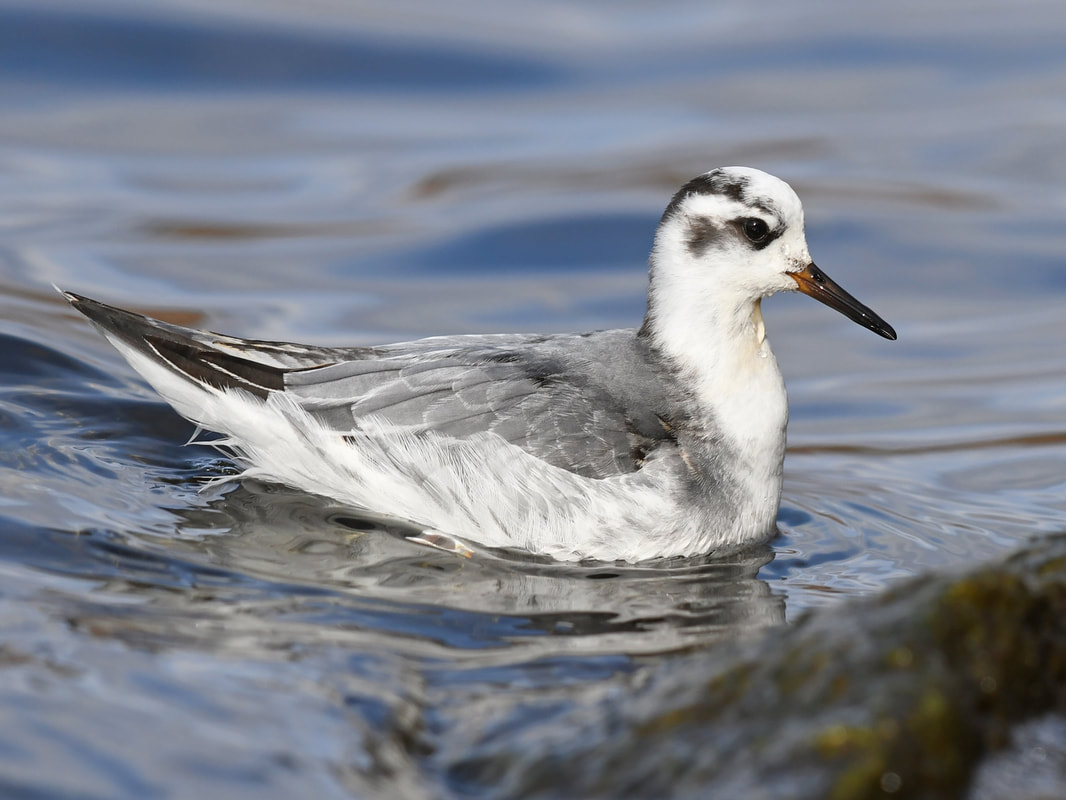
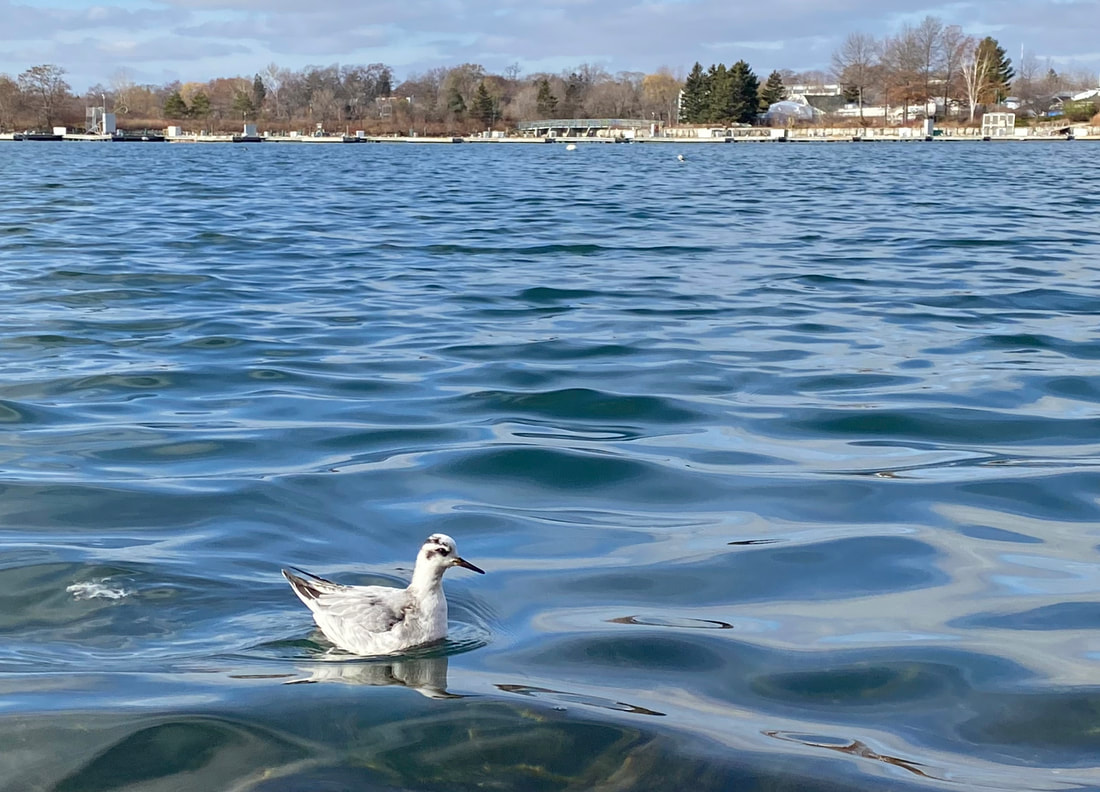
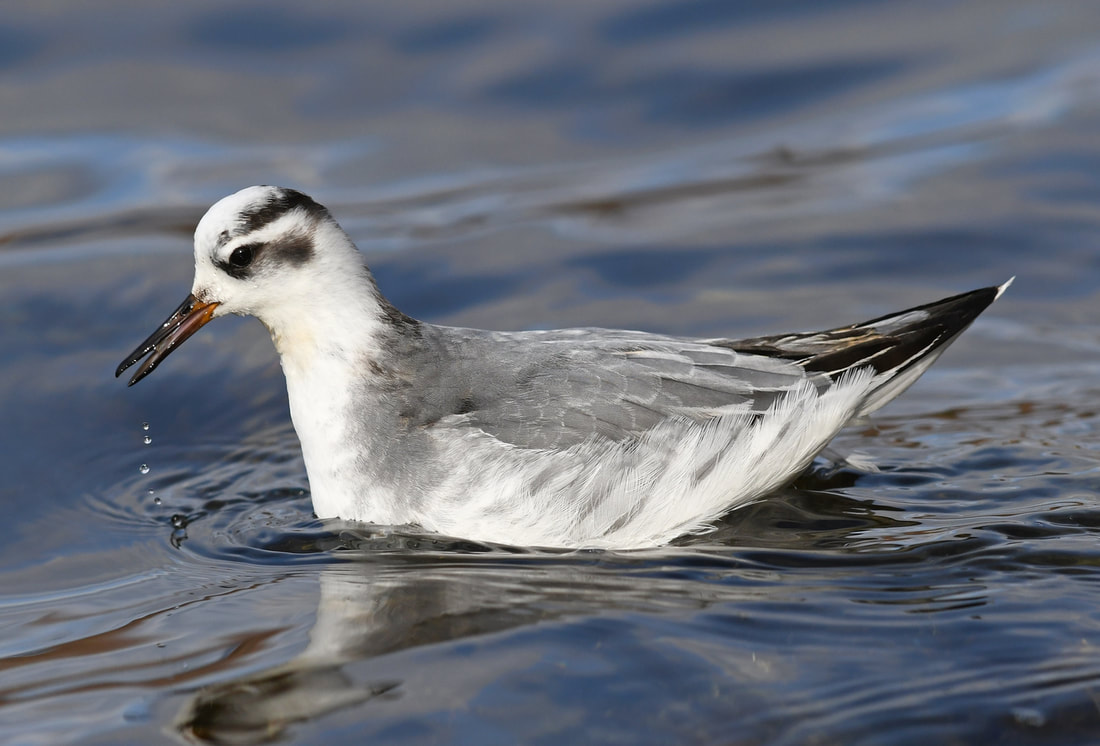
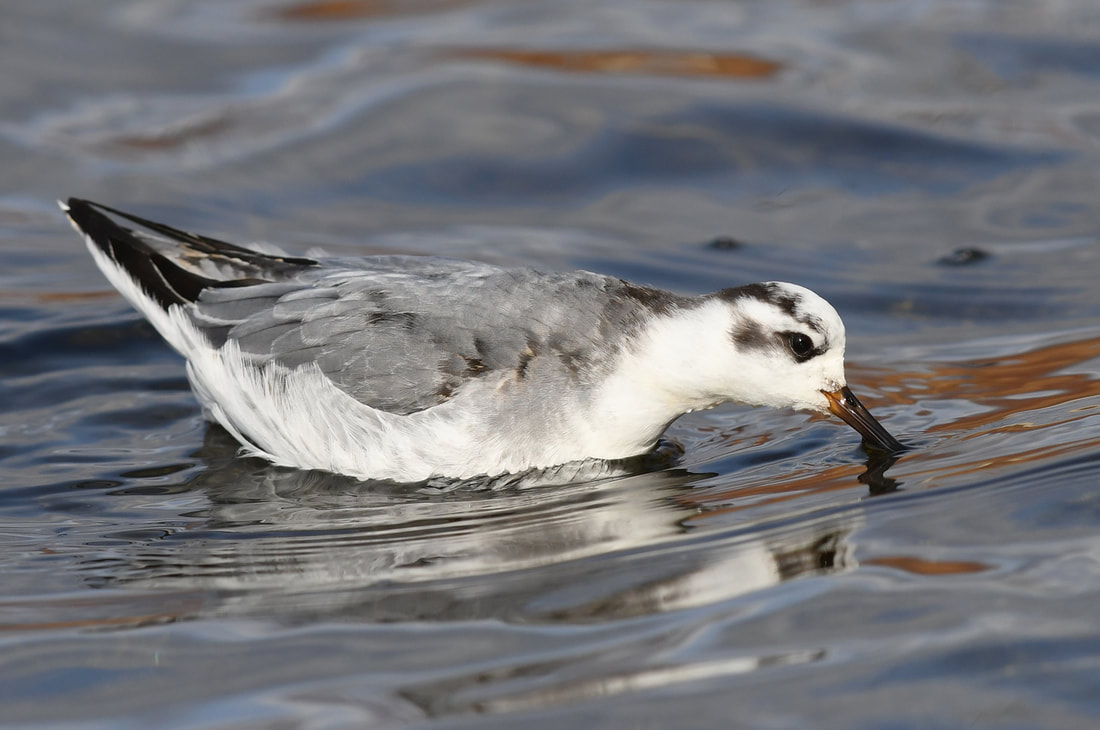
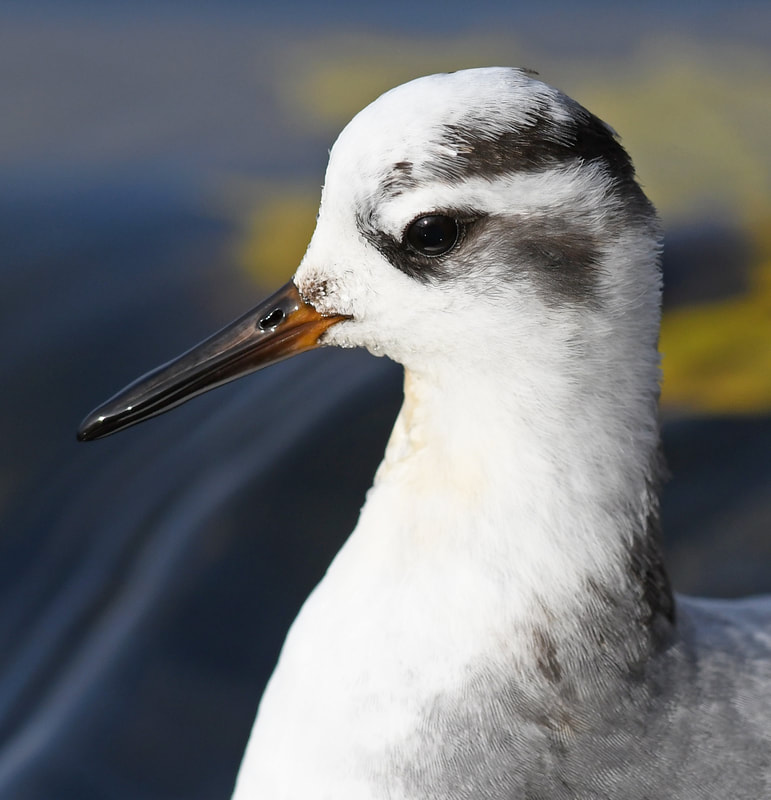
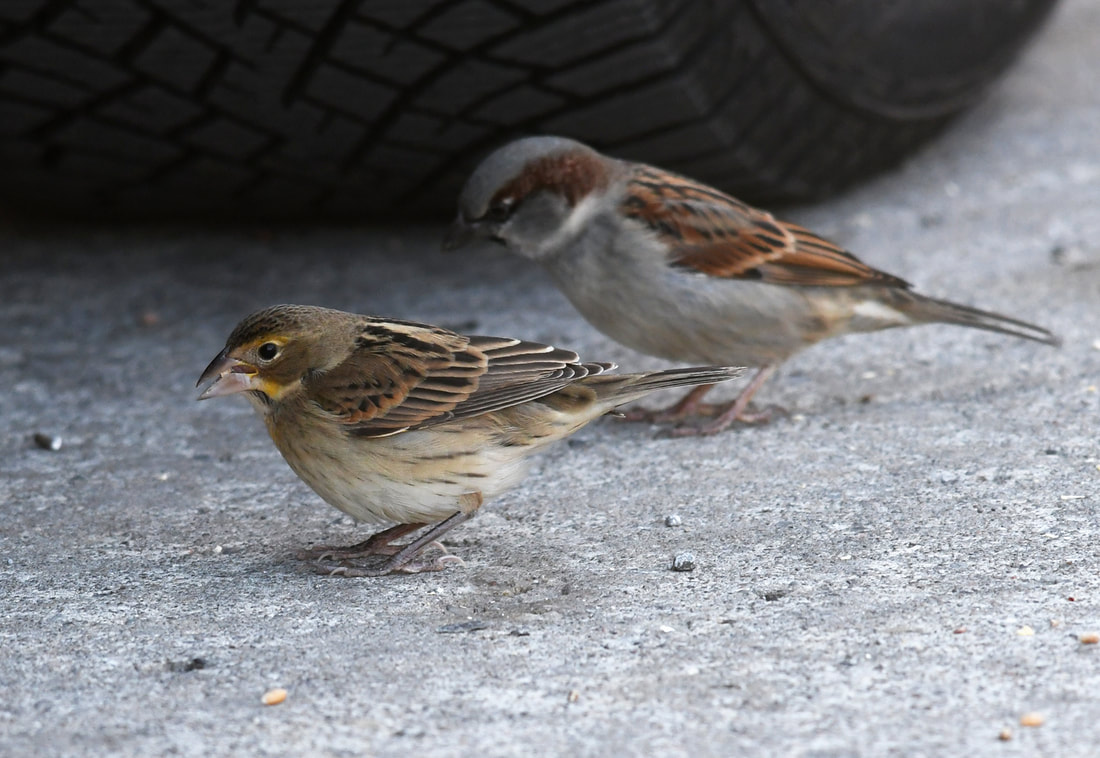
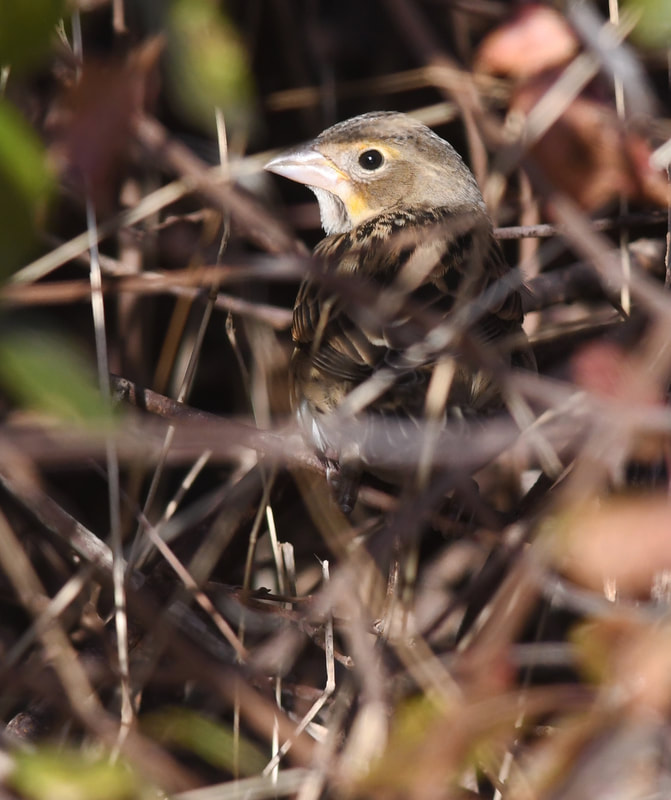
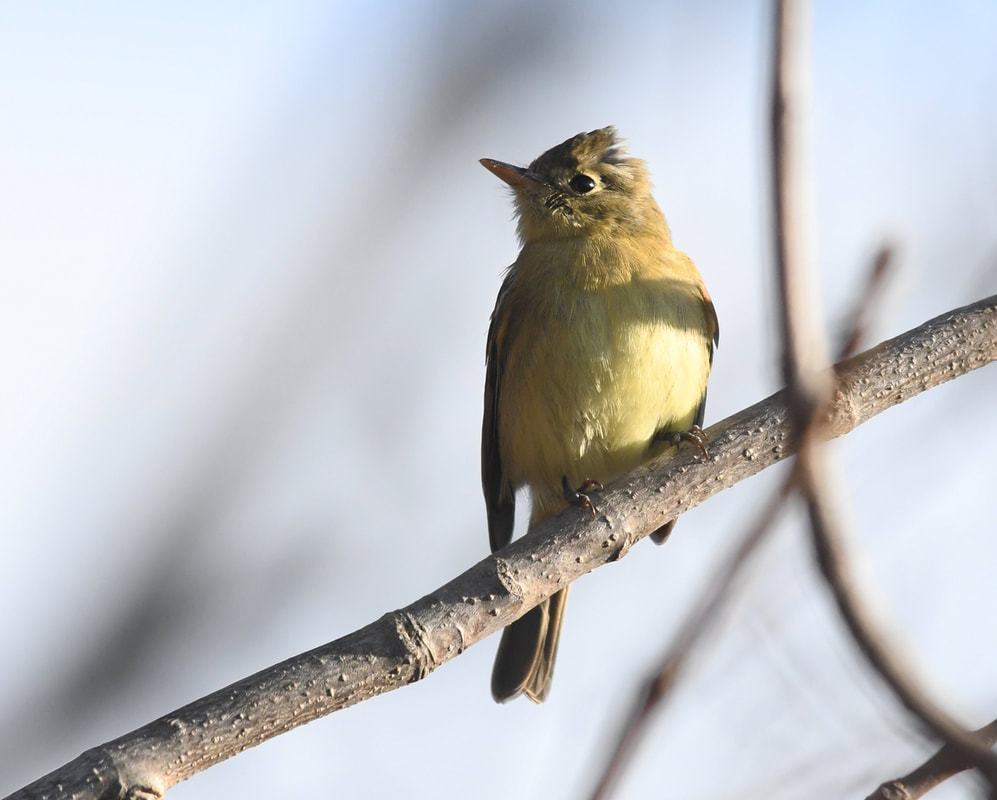
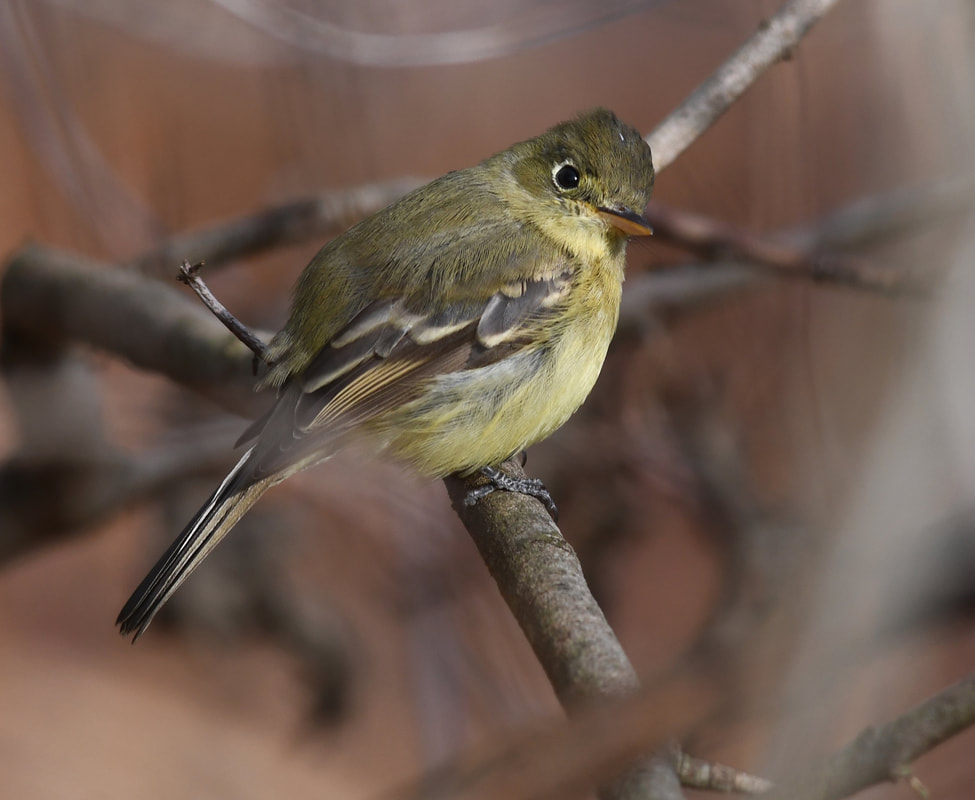
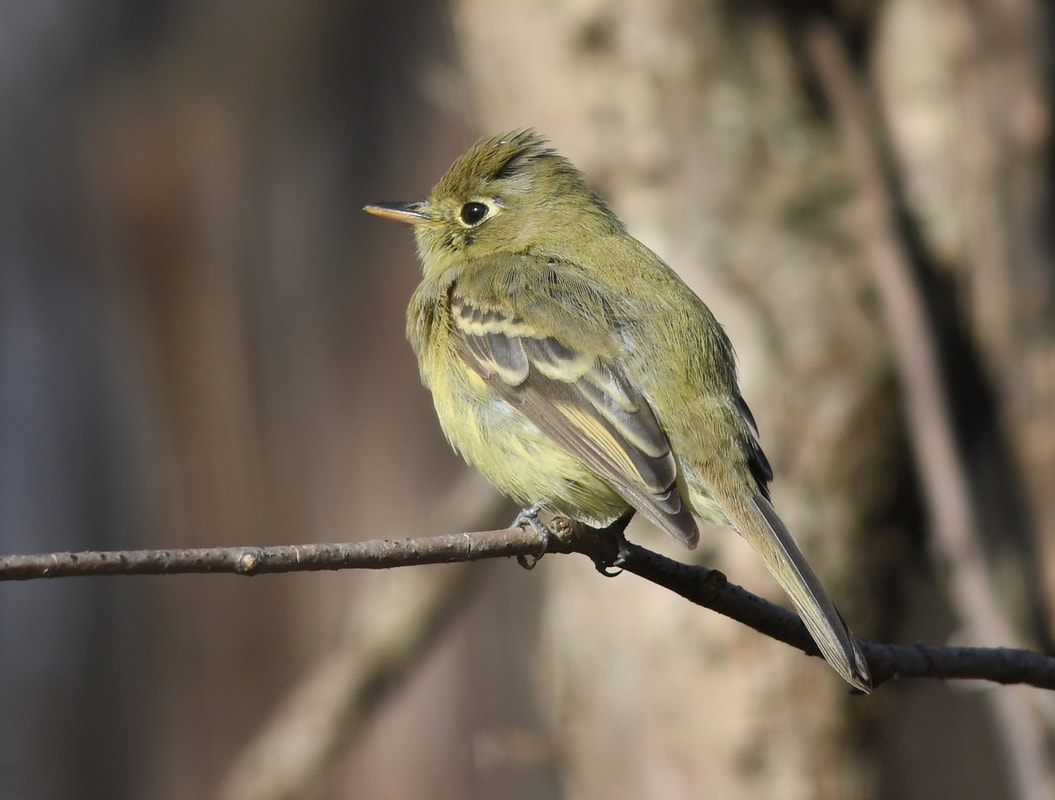
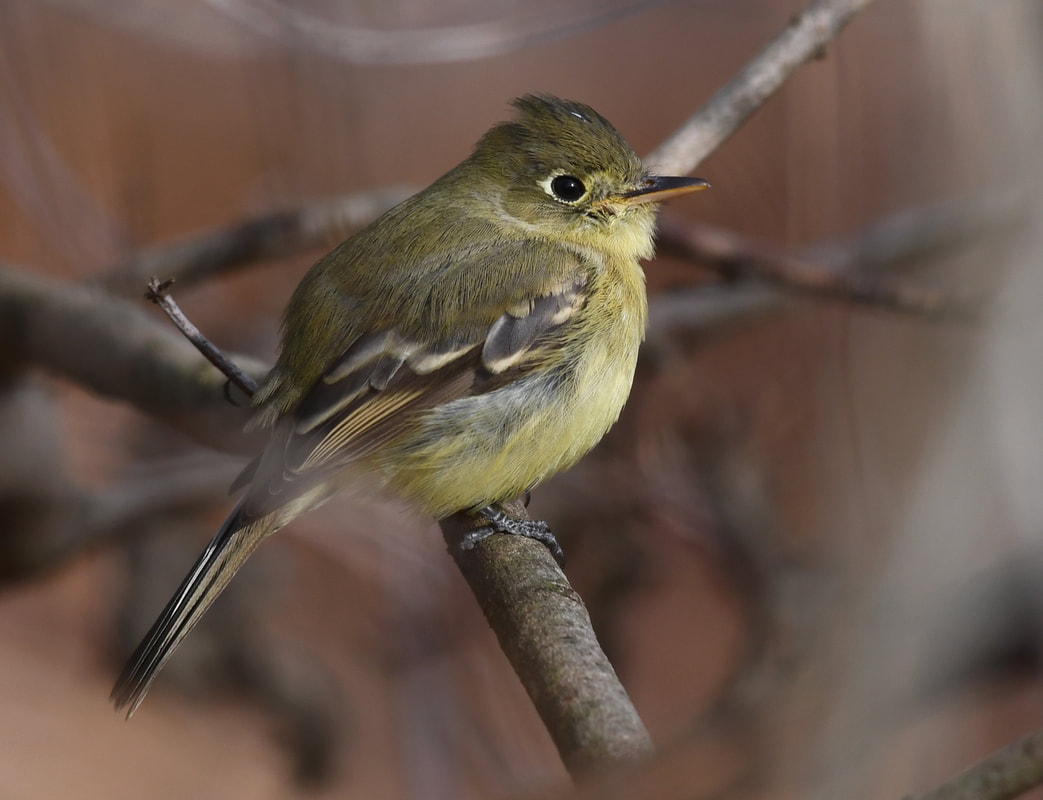
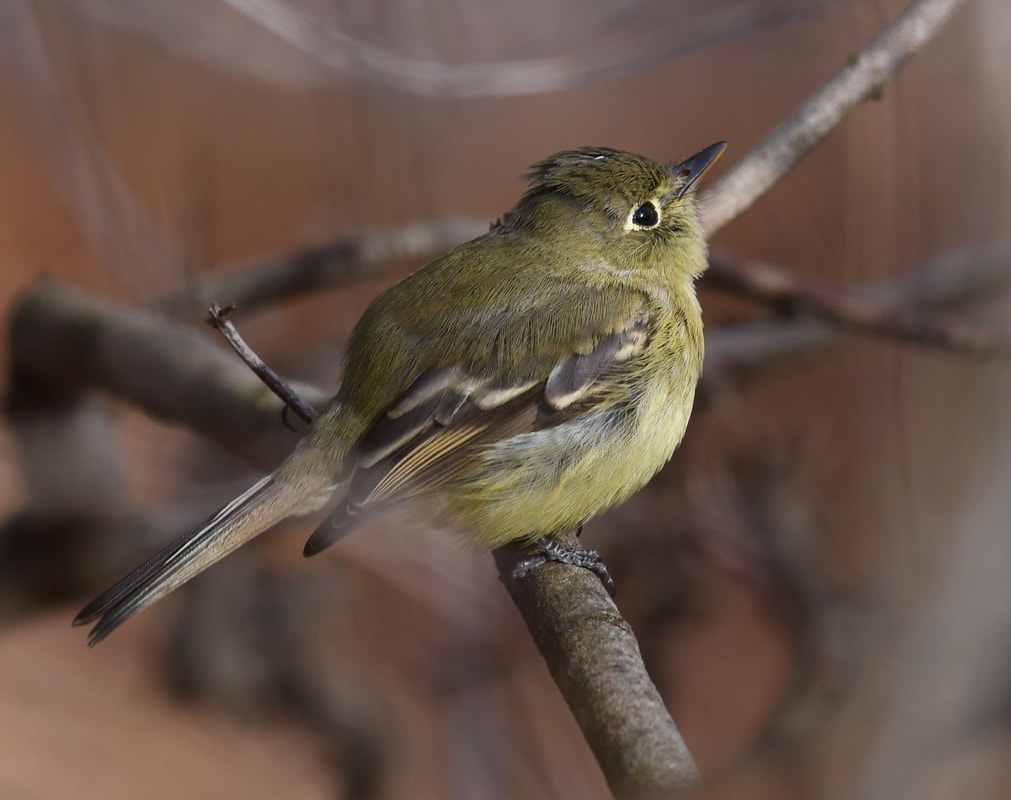
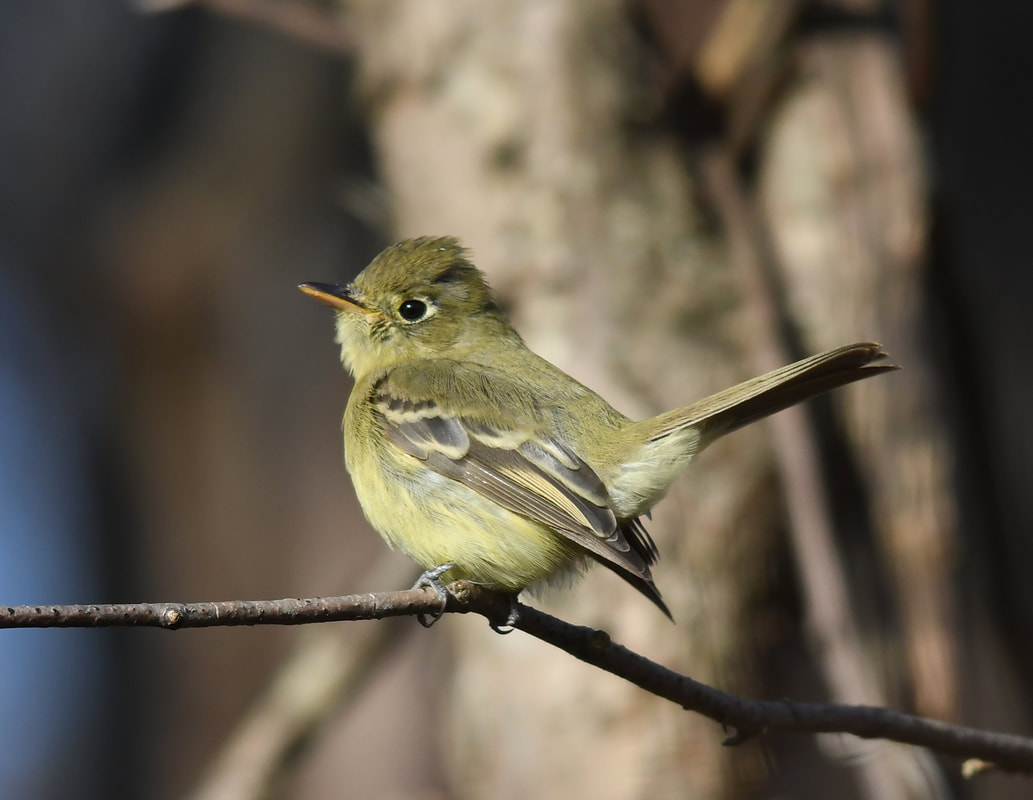
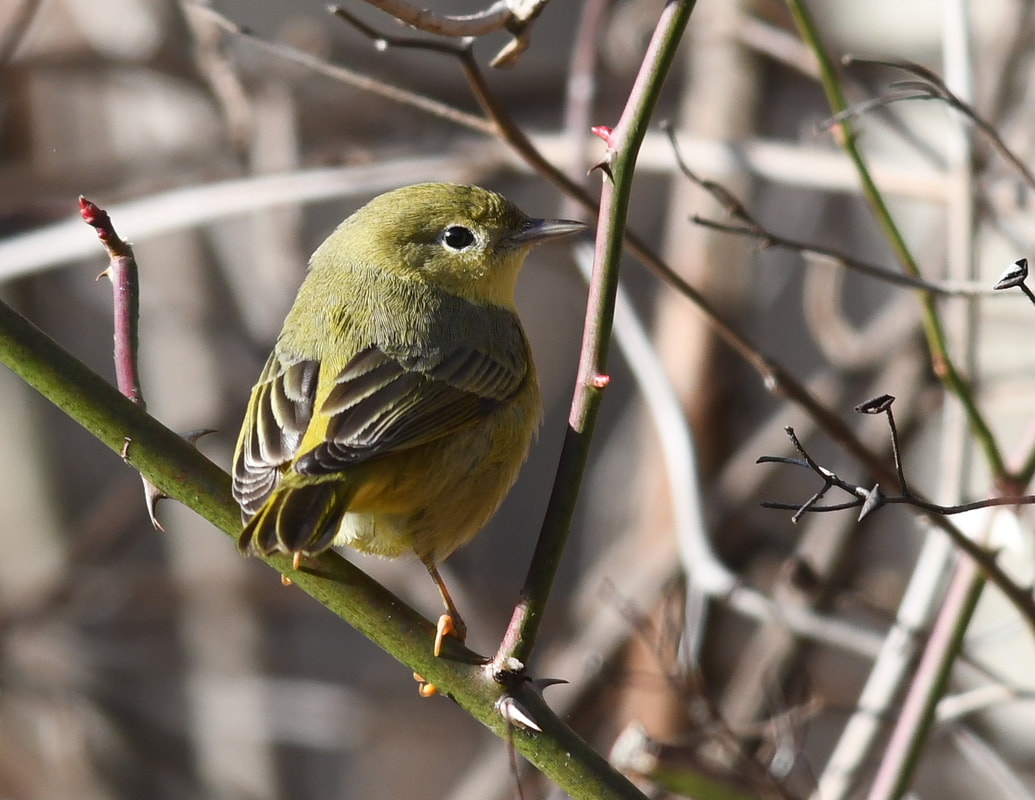
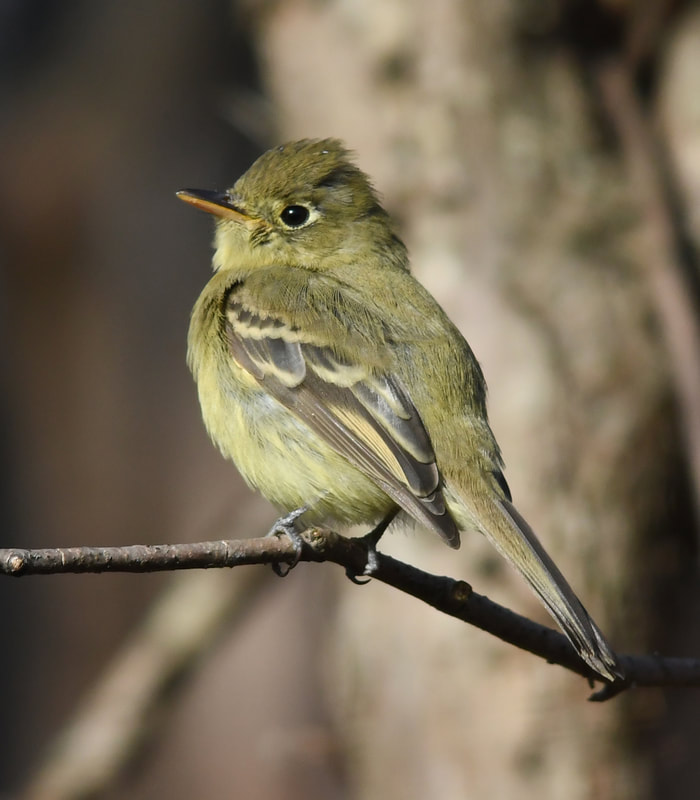
 RSS Feed
RSS Feed